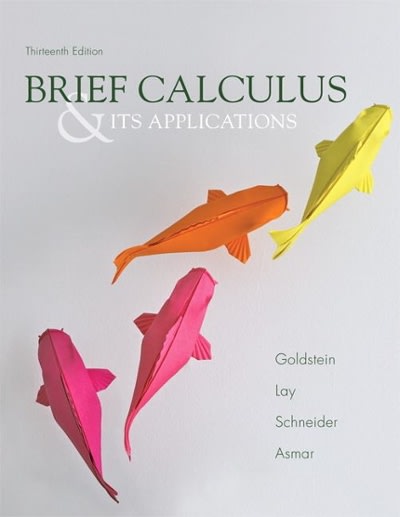Answered step by step
Verified Expert Solution
Question
1 Approved Answer
A human gene carries a certain disease from the mother to the child with a probability rate of 57%. That is, there is a 57%
- A human gene carries a certain disease from the mother to the child with a probability rate of 57%. That is, there is a 57% chance that the child becomes infected with the disease. Suppose a female carrier of the gene has three children. Assume that the infections of the three children are independent of one another. Find the probability that all three of the children get the disease from their mother. Round to the nearest thousandth.
- Gestation Period versus Weight: The following data represent the birth weights (in grams) of babies born in 2013, along with period of gestation.
Period of Gestation
| Birth Weight (grams) | Preterm | Term | Postterm | Total |
| Less than 1000 | 27096 | 179 | 26 | 27301 |
| 1000-1999 | 78690 | 10502 | 1063 | 90255 |
| 2000-2999 | 221778 | 661729 | 38665 | 922172 |
| 3000-3999 | 119161 | 2317287 | 160354 | 2596802 |
| 4000-4999 | 7390 | 2757733 | 24583 | 307661 |
| Over 5000 | 220 | 4019 | 398 | 4637 |
| Total | 454335 | 3269449 | 225044 | 3948828 |
- What is the probability that a randomly selected baby born in 2013 was postterm?
- What is the probability that a randomly selected baby born in 2013 weighed 3000-3999 grams?
- What is the probability that a randomly selected baby born in 2013 weighed 3000-3999 grams and was postterm?
- What is the probability that a randomly selected baby born in 2013 weighed 3000-3999 grams or was postterm?
- What is the probability that a randomly selected baby born in 2013 weighed less than 1000 grams and was postterm? Is this event impossible?
- What is the probability that a randomly selected baby born in 2013 weighed 3000-3999 grams, given the baby was postterm?
- Are the event "postterm baby" and "weighs 3000-3999" independent? Explain?
3. For the following questions, considertherollingof adie twicesample space(put a box around your final answer):
- If a die is rolled twice, find the probability that the sum is4.
- If a die is rolled twice, find the probability that the sum is7or the 1strollis a 3.
- If a die is rolled twice, find the probability that the sum is7giventhat the 1stroll is a4
- If a die is rolled twice, find the probability that the sum is6giventhat the 2stroll is a3
- When a die is rolled twice, are the event "sum is 10" and "1stroll is a 2" disjoint?
Step by Step Solution
There are 3 Steps involved in it
Step: 1

Get Instant Access to Expert-Tailored Solutions
See step-by-step solutions with expert insights and AI powered tools for academic success
Step: 2

Step: 3

Ace Your Homework with AI
Get the answers you need in no time with our AI-driven, step-by-step assistance
Get Started


